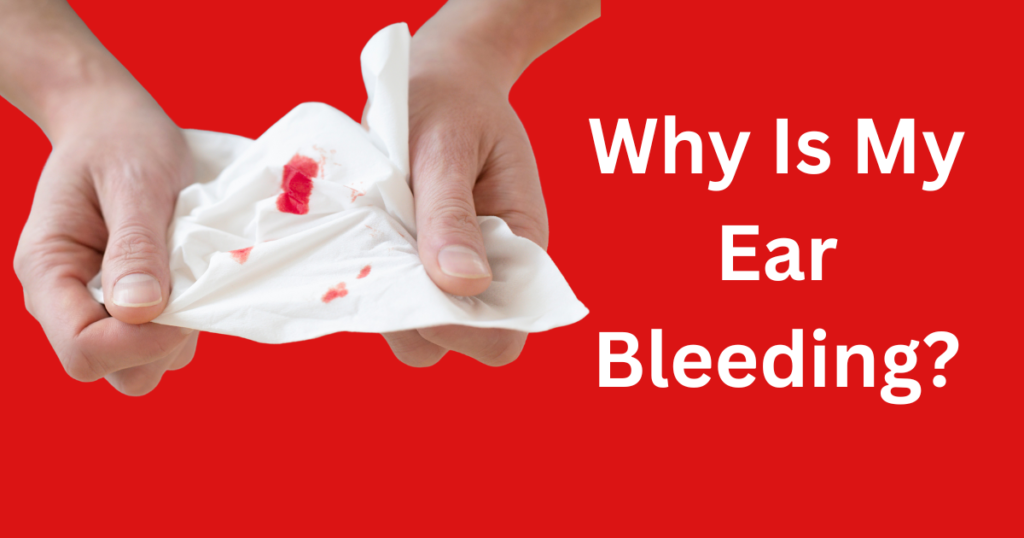Water can easily get trapped in your ear after activities like swimming or showering, causing discomfort, muffled hearing, and even infections if left untreated. Understanding how to get water out of your ear is essential for quick relief and to avoid complications. Various methods can help, depending on the situation, from tilting your head to applying heat. This article will guide you through effective solutions and when each works best.
Why Water Gets Trapped in Your Ear
Water becomes stuck in the ear canal when exposed to water during showers or swimming. The ear canal’s shape or excess earwax can trap the fluid, making it difficult to drain naturally. Water might lodge behind earwax or remain in the ear canal’s crevices, creating a tickling sensation or temporary hearing issues. If not addressed, trapped water can lead to infections such as swimmer’s ear.
Methods to Remove Water Based on Situations
Each situation where water becomes trapped may call for a different solution. Below are some effective methods and when to use them:
- After Swimming
Swimmers often experience water getting trapped in their ears. In this case, the gravity and tilting method is ideal. Simply tilt your head to the affected side, gently pull on the earlobe, and shake your head to let gravity do the work. - Post Shower or Bath
When water enters your ear after a shower, jaw movements such as yawning or chewing gum can help. These actions open the Eustachian tubes, allowing water to drain from the ear more easily. - Persistent Water Blockage
For water that has been trapped for a longer time, creating a vacuum may be helpful. Tilt your head downward and press your palm against the ear, creating a gentle seal. Quickly release your hand, and the suction may help pull the water out. Applying heat with a warm compress near the ear can also open the tubes, helping water drain. - Water Behind Earwax
If earwax is causing the blockage, over-the-counter eardrops can help dissolve wax and remove water. These drops break down wax and evaporate the trapped water more efficiently than physical methods.
Comparative Table for Water Removal Techniques
| Method | Effectiveness | Ease of Use | Recommended Situation | Risk of Injury |
|---|---|---|---|---|
| Gravity & Tilting | High | Easy | After swimming | Very Low |
| Vacuum Technique | Medium | Moderate | Persistent water blockage | Low |
| Jaw Movements | Medium | Easy | After showers | None |
| Heat Application | Medium | Moderate | For long-term trapped water | None |
| Over-the-Counter Eardrops | High | Moderate | Water behind earwax | Low |
FAQs on “How to Get Water Out of Your Ear”
What should I avoid when trying to get water out of my ear?
Avoid inserting cotton swabs or any objects into the ear canal, as they can push water deeper or damage the eardrum.
Can trapped water cause an infection?
Yes, water that remains in the ear can lead to swimmer’s ear, a bacterial infection of the ear canal. The risk increases the longer the water stays trapped.
How long should I wait before consulting a doctor?
If the water remains trapped for over 24 hours or you experience pain, it’s best to seek medical attention to prevent infection.
Can I use eardrops for all water blockages?
No, eardrops are most effective when earwax is involved. For other cases, physical methods like tilting or creating a vacuum are preferable.
Are there any home remedies that can help?
Yes, using a few drops of rubbing alcohol or hydrogen peroxide can help evaporate fluid in the ear. Be cautious with these remedies, especially if you have sensitive ears.
Additional Tips and Safety Precautions
If these methods don’t work, avoid trying to force water out using objects like cotton swabs, as this may lead to injury or push the water further into the ear canal. Using a hairdryer on the lowest setting, held at a distance, can help evaporate water safely. Ensure the air is not too hot to avoid burning the ear canal.



